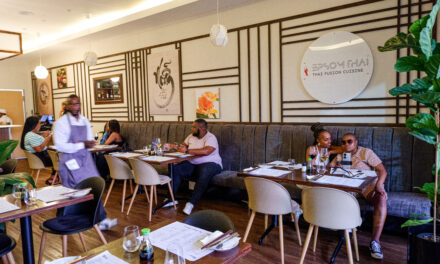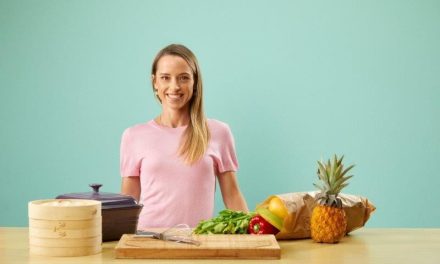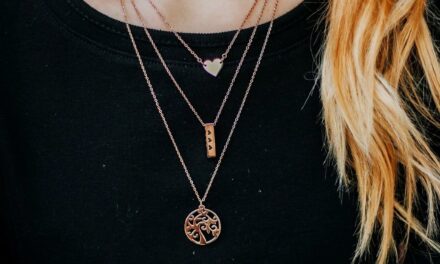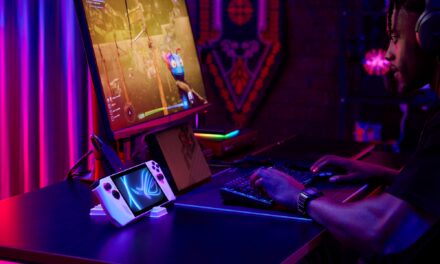Embracing diversity in diabetes management
by Chantelle van der Merve, Registered Dietitian SA
I’m Chantelle van der Merwe, a registered dietitian with a special interest in diabetes management. Being South African is all about embracing our diverse cultures and traditions, and what better way to do that than through the universal language of food? South Africans love to eat, right!? While living with diabetes might present some challenges, as a dietitian, I’m here to tell you that you can still savour your favourite foods without compromising your glucose control. In fact, with the right guidance from your healthcare team and regular glucose level monitoring, made much easier with the help of sensing technology, it’s easier than ever before to manage your diabetes while enjoying the richness of our South African heritage.
Embracing your heritage
 Living with diabetes doesn’t mean you have to give up the pleasures of life, especially the joy of sharing traditional foods with friends and family. South Africa’s cultural diversity offers a delightful array of dishes, from pap, ting (fermented sorghum), umngqusho (samp and beans), tshidzimba (samp, beans and peanuts), rooster-koek (buns made from raw dough on the braai), braai broodjies (toasted sandwiches made on the fire), dikgobe (cowpeas and sorghum), dombolo (steamed bread), amadumbes (root vegetable) to potato salad, rice, roti (flatbread), and more.
Living with diabetes doesn’t mean you have to give up the pleasures of life, especially the joy of sharing traditional foods with friends and family. South Africa’s cultural diversity offers a delightful array of dishes, from pap, ting (fermented sorghum), umngqusho (samp and beans), tshidzimba (samp, beans and peanuts), rooster-koek (buns made from raw dough on the braai), braai broodjies (toasted sandwiches made on the fire), dikgobe (cowpeas and sorghum), dombolo (steamed bread), amadumbes (root vegetable) to potato salad, rice, roti (flatbread), and more.
These foods contain carbohydrates, which can be cause for concern. However, let’s shift our perspective from “can’t” to “how.” How can we incorporate these beloved foods into our meals without jeopardising our glucose level management?
Personalised diabetes management
The key to successfully managing diabetes lies in personalised treatment approaches. Your individuality should shine through, even in your diabetes management plan. There’s absolutely no need or reason to be placed in a box. Everyone wants flexibility. I find it incredibly sad when I have clients with diabetes saying that they “cheated” because they had pap, a braai broodjie, or any other dish containing carbohydrates in the previous few days.
The goal is not to eliminate carbohydrates but to understand how your body responds to them. Were you able to maintain your glucose levels when you ate rice or roti? If not, that’s what we need to address. I’m passionate about helping my clients living with diabetes find simpler, less complicated, more personalised ways to manage their glucose levels. I know the burden of needing to manage diabetes 24/7 can be alleviated with personalised treatment approaches and with the help of regular glucose level measurements to alert one to individual glucose level trends.
The importance of individualisation
As a dietitian, I cannot stress enough the significance of individualised treatment. Undoubtedly, we know better glucose control reduces the risk of diabetes-related complications such as:
Impaired nervous system functioning,
Loss of eyesight,
Kidney disease,
Heart disease.
For some, living with diabetes can become overwhelming, resulting in what we know as “diabetes distress”. Many feel like giving up, and this exhaustion often stems from the constant need for glucose level monitoring and perceived restrictions that can come with managing diabetes.
Facing diabetes distress
Several factors contribute to diabetes distress, which often leads to non-compliance with treatment. Many of these factors include:
The relentless nature of diabetes management,
A sense of insecurity and self-doubt about one’s ability to control glucose levels,
Feeling unheard,
Generalised and not individualised treatment plans,
and a fear of hypoglycaemia (low glucose level)
It’s essential to recognise and address these challenges.
The need for support
In my practice, I’ve observed that receiving support from healthcare professionals, as well as from family and friends, can significantly ease the burden of diabetes management. One of the most valuable tools I’ve found that provides my clients living with diabetes with more support is the use of Continuous Glucose Monitors.
Support tools: The power of Continuous Glucose Monitors
Continuous Glucose Monitors have transformed diabetes management. In my practice, I have experience using the FreeStyle Libre 2 sensor. Beyond the relief of not needing frequent
fingersticks, many of my clients have expressed a profound sense of liberation through the use of this sensing technology. Moreover, they provide me and the rest of the diabetes care team with an extensive and insightful dataset that, in my opinion, surpasses even the information obtained through traditional fingerstick blood sampling. That’s because it provides minute-to-minute glucose readings sent to your smartphone1,2 instead of periodic measurements that traditional monitors provide, so clients can have a comprehensive view of their glucose fluctuations throughout the day.
How data empowers people living with diabetes
The true magic happens when we harness this data. With these insightful charts and graphs, we can better understand how food, activity, stress, illness, and other factors affect each individual person’s glucose levels. By working collaboratively with a healthcare team, it’s possible to decipher the patterns and make informed decisions about effective diabetes management. My clients with diabetes gain more and more confidence in their ability to translate on-demand glucose level data and take appropriate action. It’s a path to independence, away from rigid eating plans, and towards a more balanced and enjoyable life.
Enjoying your traditional foods
So, go ahead and enjoy your favourite South African foods! There’s no need for guilt. Understand that many of these foods contain carbohydrates that will affect your glucose levels. However, with sensing technology, you can track your glucose levels before, during, and after your meal without a single fingerstick. By tracking your glucose levels more closely, you can see whether your adjustment in insulin was correct, or whether portion control was effective.
Balancing carbs
Of course, it’s important to be mindful of the types and amounts of carbohydrates you consume. Portion control is crucial, regardless of the type of carbohydrate food you’re eating, but it can be tailored to your response. Aim to consume mostly high-fibre, low-GI, less refined carbohydrates. These choices tend to support more stable glucose levels and overall health.
However, life is all about balance, and there’s certainly room for indulgence in the occasional magwinya (fat cake), cinnamon and sugar pancake , milk tart, koeksister (sweet pastry), or malva pudding without derailing your efforts to maintain in range glucose levels.
There’s no need to carry the weight of guilt; it’s all part of a balanced approach to nutrition.
Taking responsibility
Ultimately, managing diabetes comes down to taking responsibility for one’s health. Daily glucose control becomes more manageable with open communication with your healthcare team and a deeper understanding of your body’s response to food. For me, sensing technology for glucose monitoring bridges the communication gap. It not only facilitates open and constructive discussions but also serves as an invaluable tool for learning. My sincerest hope is that the use of sensing technology for glucose monitoring becomes a standard care protocol for all individuals living with diabetes.
Final thoughts
It’s important to remember that while minimising carbohydrate intake can certainly simplify glucose control, you can still enjoy carbohydrate-containing foods with the right tools and knowledge. The choice is yours, based on what works for your lifestyle and budget. Let’s also be supportive and accommodating to our friends living with diabetes, respecting their choices in managing their glucose levels. As we celebrate our diverse South African cultures, let’s also celebrate the diversity in how we manage our diabetes, from consuming carbs to making the choice not to. You are not defined by diabetes; you are defined by the richness of your heritage and the joy of sharing it with others.
References
1 The FreeStyle LibreLink app is only compatible with certain mobile devices and operating systems. Please check the website for more information about device compatibility before using the app. Use of FreeStyle LibreLink may require registration with LibreView.
2 Glucose readings are automatically displayed in the app only when the smartphone and sensor are connected and in range.



























